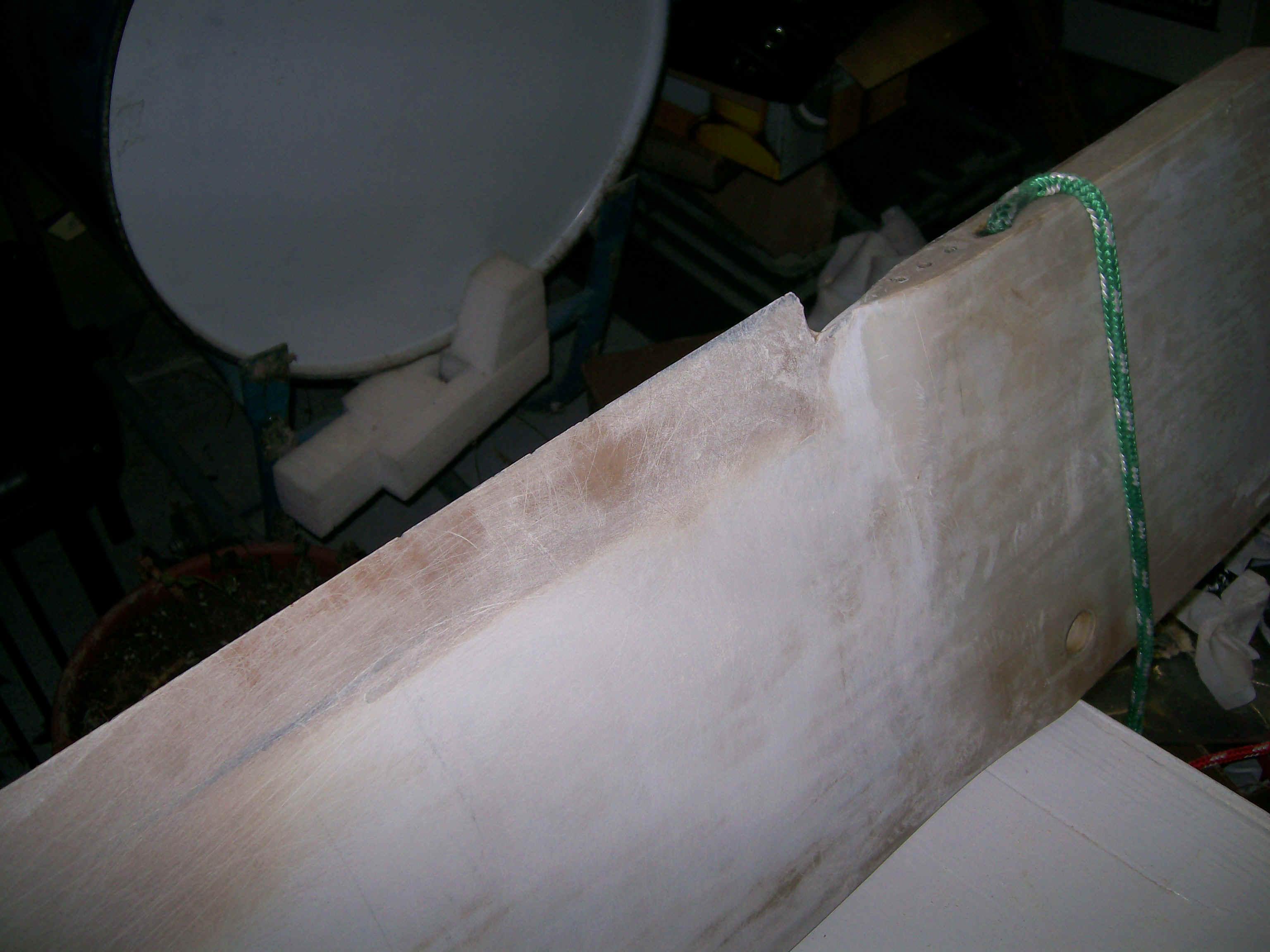February 2008.
It is winter here in Canada and I have lots of time to re-think my Scarab22. First thing on the agenda is the rig. The problem I was having is mast inversion. This is when the mast bends the "wrong" way when it is blowing hard. It is slow, scary and the mast can break. The cause of this is apparently a too small mast cross-section. Possibly also the rig mod I made, going from fixed mast to rotating.
The Kenyon 3049section I am using is slightly smaller than a Tornado cat. It came from an Etchells 22 which is a 30 feet long heavy monohull. That boat has a low righting moment so this mast section is ok for it. If we compare the Kenyon 3049 to a F-22 mast section, it is obvious that my mast is too small and is not really suited for a multihull.
F-22 and Kenyon 3049 mast section comparison.
The best solution would be to make a larger carbon fiber wing mast equiped with regular dyform diamonds. I dont have the budget this year, although I have access to a lot of resources from work (www.compositesatlantic.com). If I want to keep my actual aluminum mast for the next season I have to design a better support system.
I spent some time modeling different rig configuration by the finite element method (FEM). In one single file I created 4 different rigs that I could run with any load combination I could think of. With this FEM, I simulated many many combinations of wire sizes and pre-load, spreader lengths and sweep back angle. I also simulated my new running backstays and a double spreader rig. I ran linear solutions, non-linear solution as well as buckling solutions.
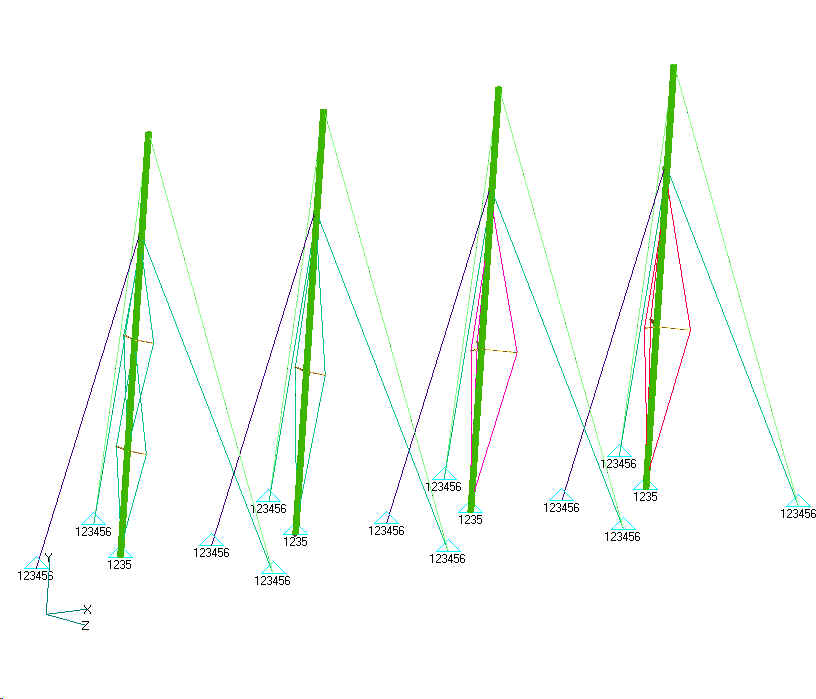
Figure 1: Finite element model containing 4 different diamond arrangements in one file.
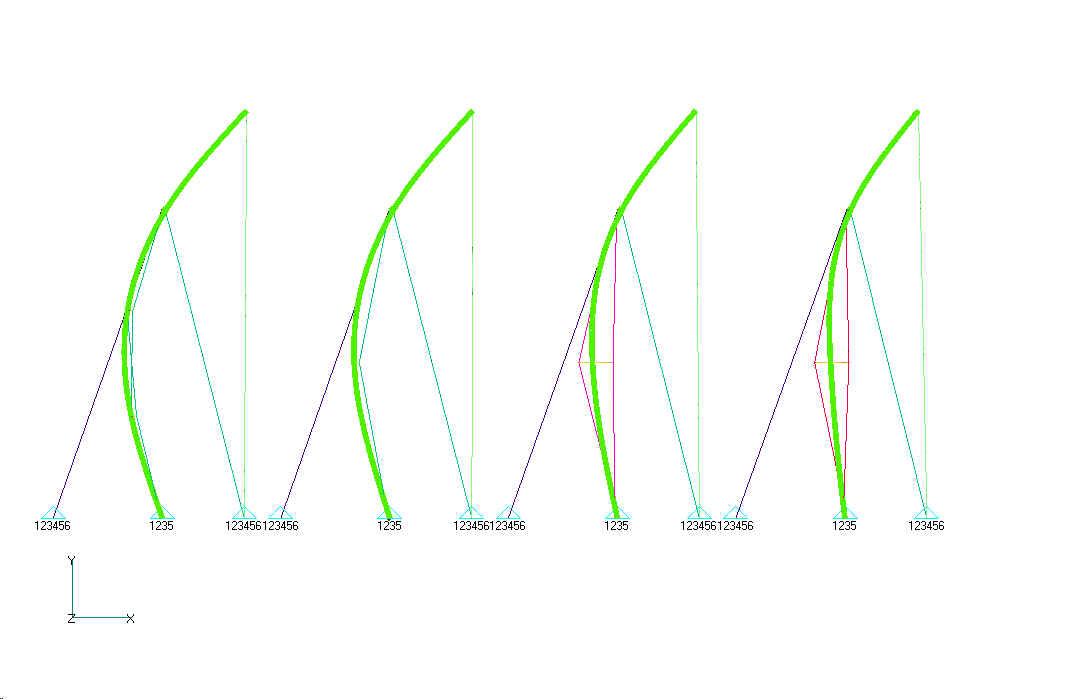
Figure 2: Typical deformed shape results for lots of mainsail leech tension.
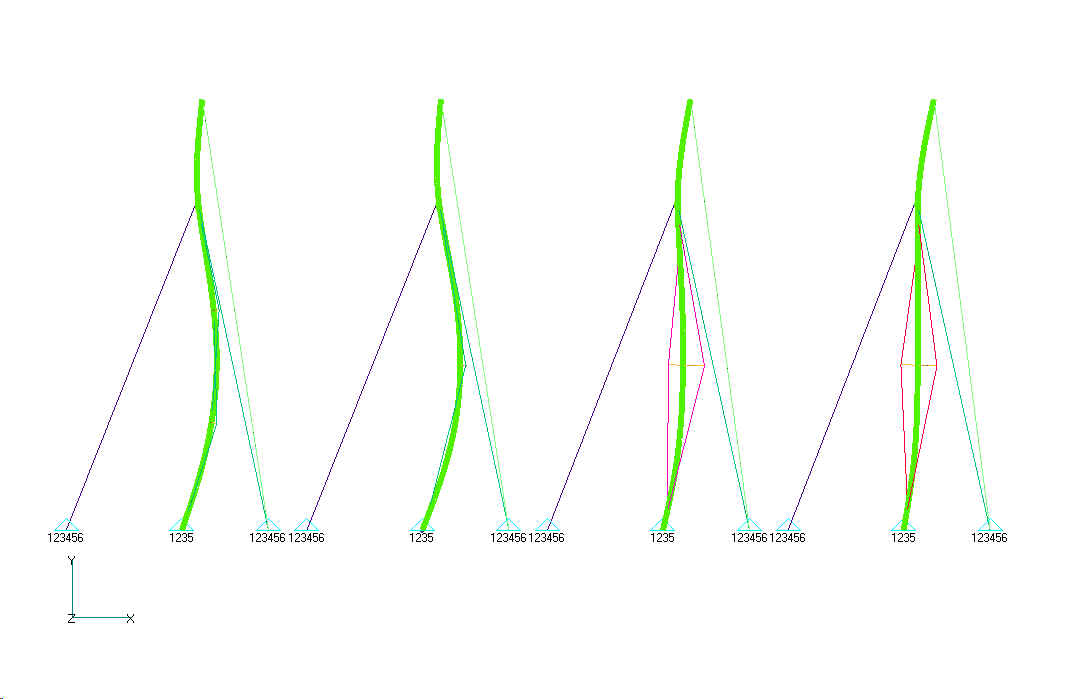
Figure 3: Deformed shapes for a reefed mainsail. The 2 rigs on the left "invert". The 2 rigs on the right are more stable. The one on the right is the solution I will use.
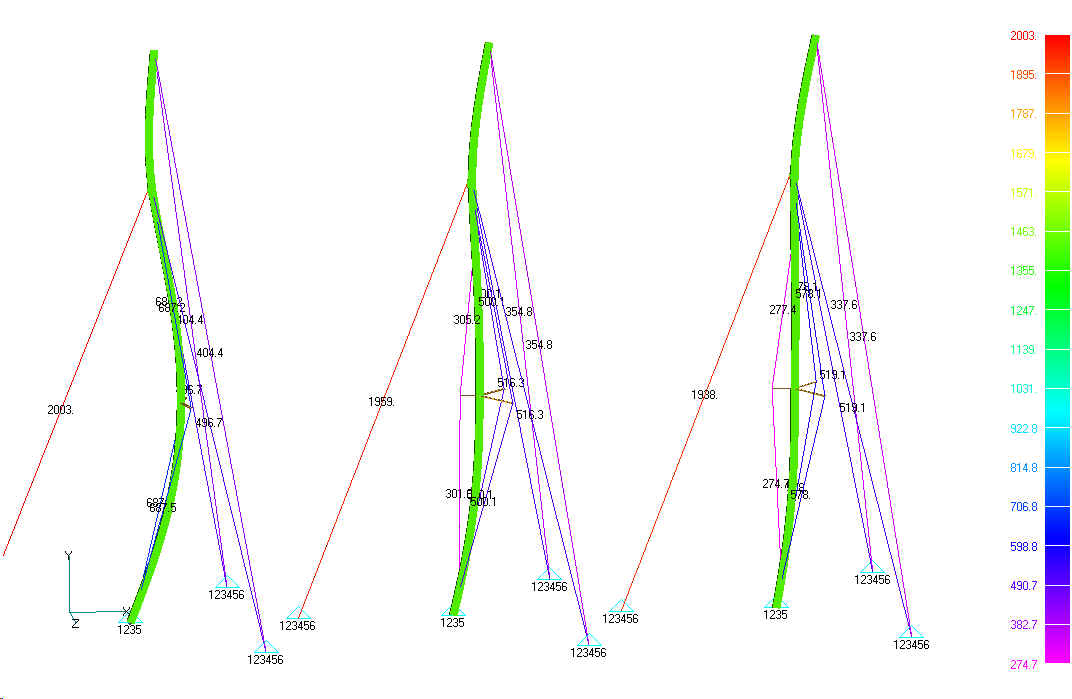
Figure 4: Rig loads.
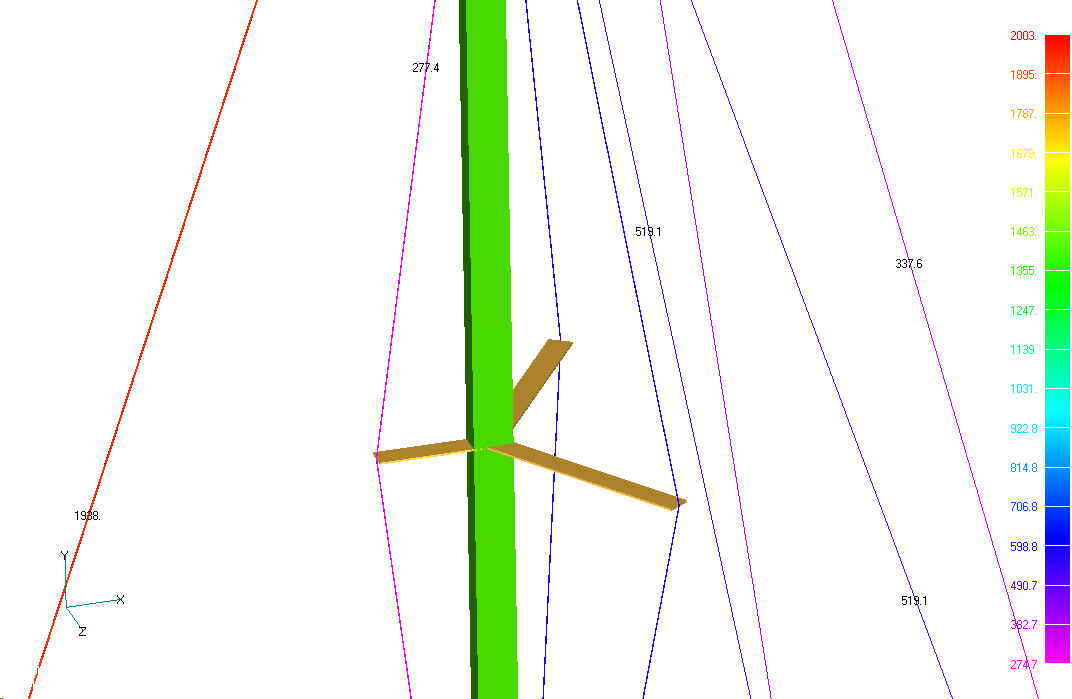
Figure 5: Close-up of the new spreader arrangement FEM. Wire size and type was evaluated (Dyform vs 1X19).
Conclusions:
Double spreaders dont work. They are good for lateral support of the mast, but are the worst for axial support. However they would be a very good solution for thin wing mast, which only need lateral support.
The current spreaders are ineficient. They are too short and not swept back enough. They only provide marginal lateral support.
The configuration that works for my noodle mast are 2 long spreaders angled about 30° aft, combined with one fwd spreader (I dont know how it is called!, jumper maybe?). Current spreaders are 18" long, the new ones are 30". Going upwind, these spreaders will limit the mast rotation possible since they will hit the jib leech. Last year I check this and I think (hope) that with the 30° sweep back of the spreaders this will no be a problem. The fwd spreader is 14" long. It will make the jib harder to tack over. I have no idea if this will be very bad but many boats have such a rig (Dragonfly) and it works for them.
Dyform works well. Large wires also work well.
I am currently building the new spreaders in corecell and carbon fiber. I am not sure if I will go with DYFORM wires or re-use my current 1x19 wires. Larger stiffer wires give more rig stiffness, as the FEM demonstrated.
I am also improving the centerboard trailing edge: I extended it by more than 1 inch with carbon fiber fabric and it is now razor sharp. The centerboard lateral area increased by 10%!
At least 3 more months of snow and ice... :-(
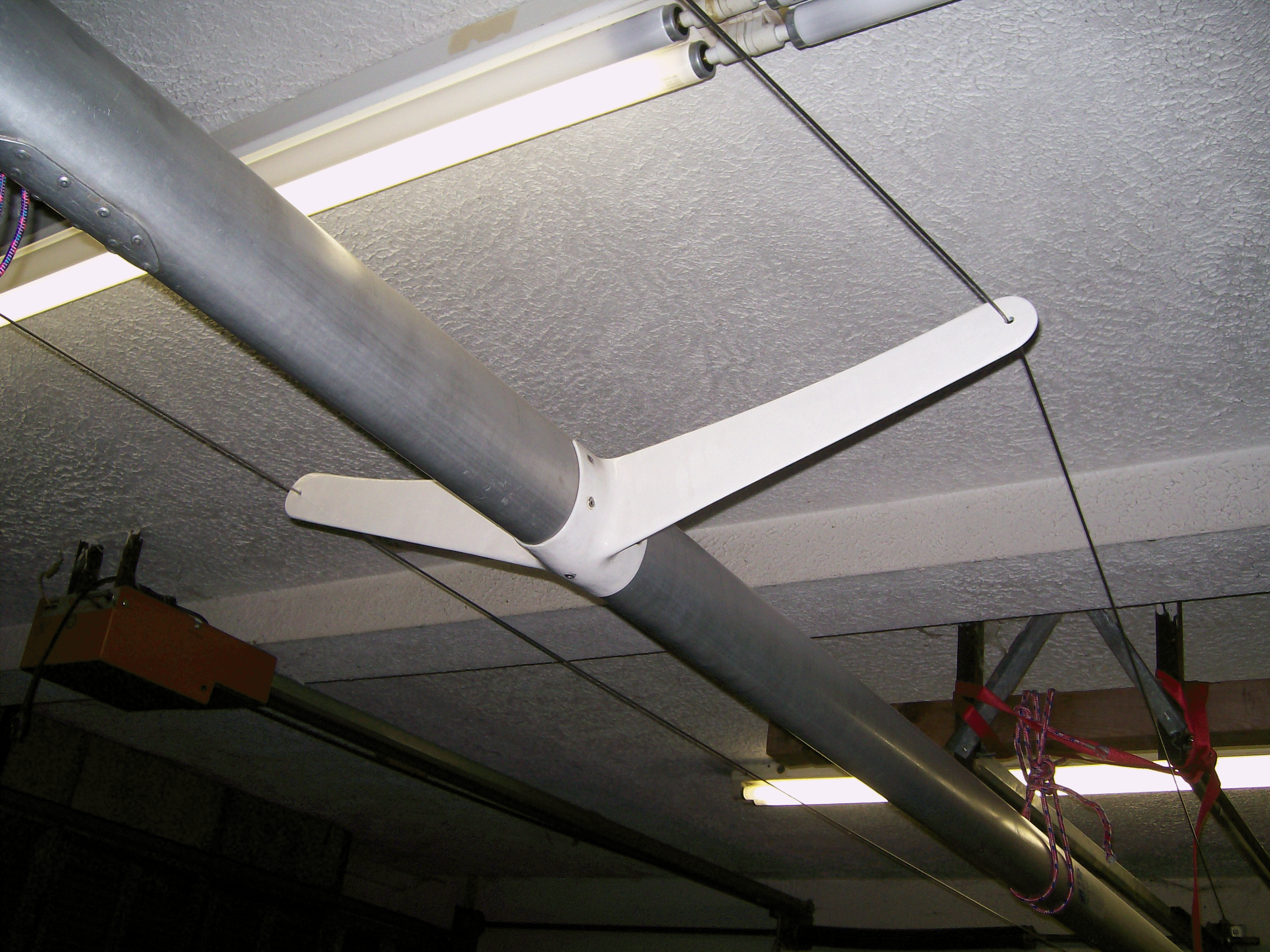
Old diamond brackets, unfortunately unsuitable for a noodle mast.
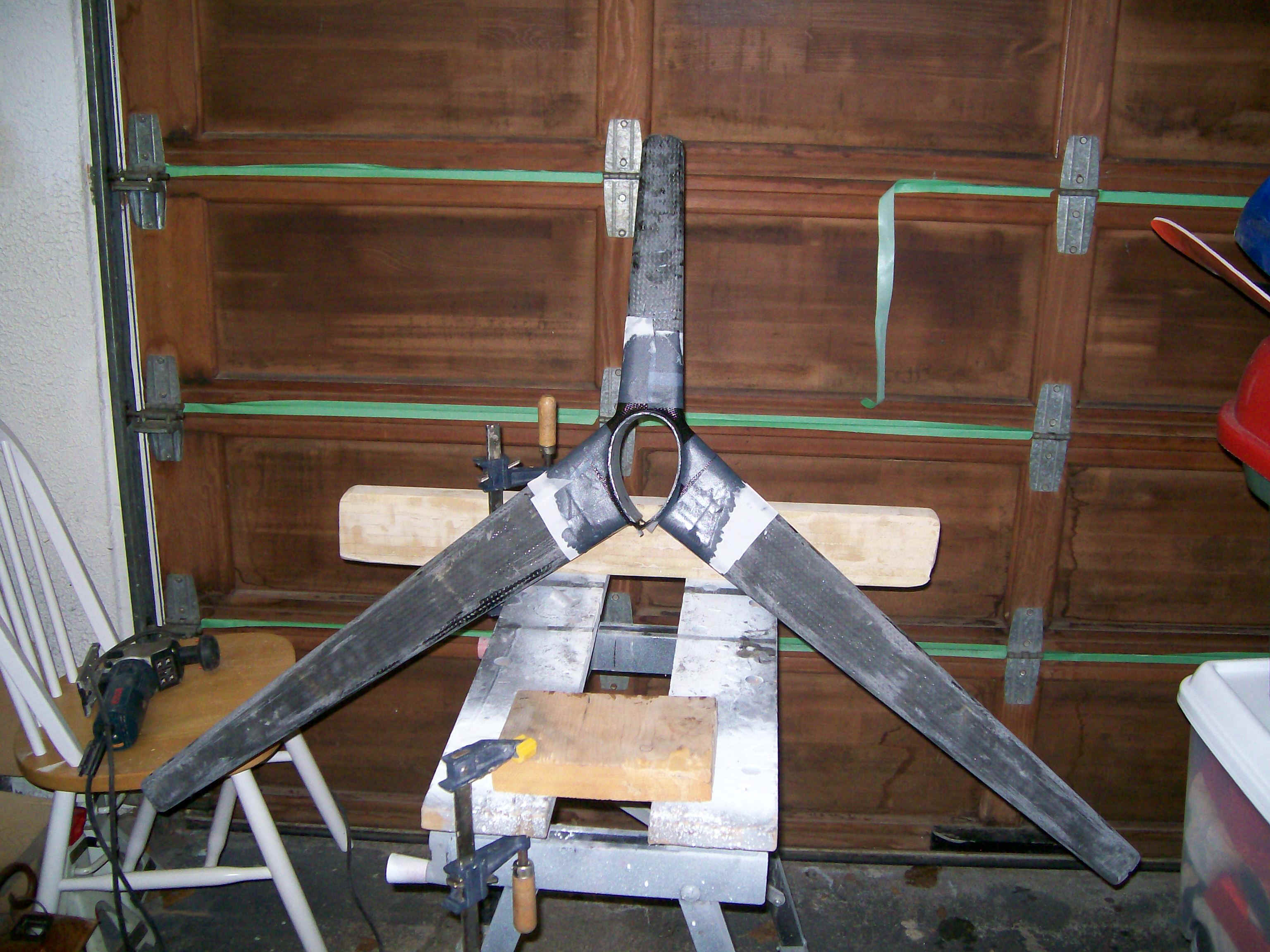
New Diamond brackets. Looks funny, but my analysis says it should work!! All carbon and corecell foam.
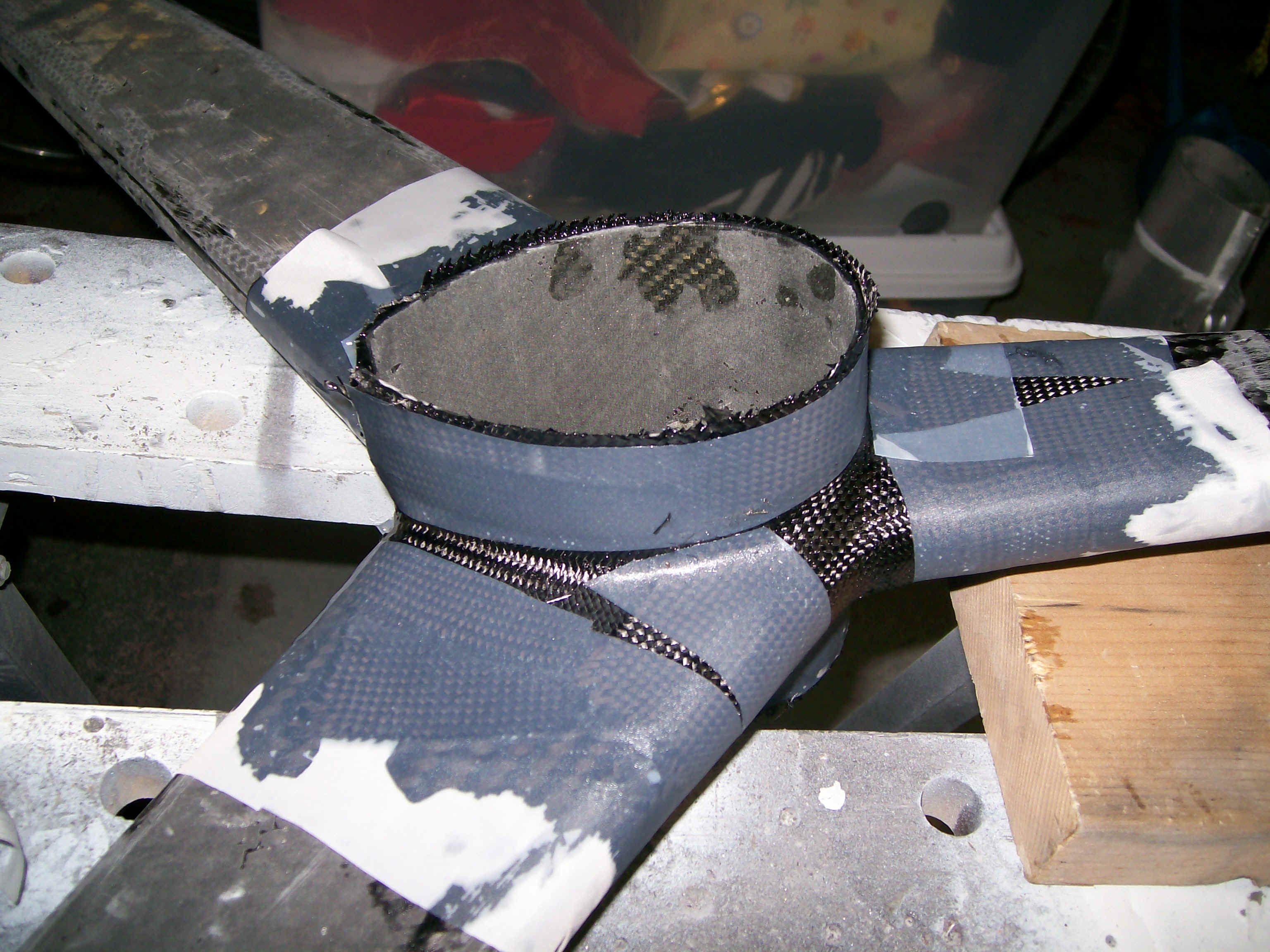
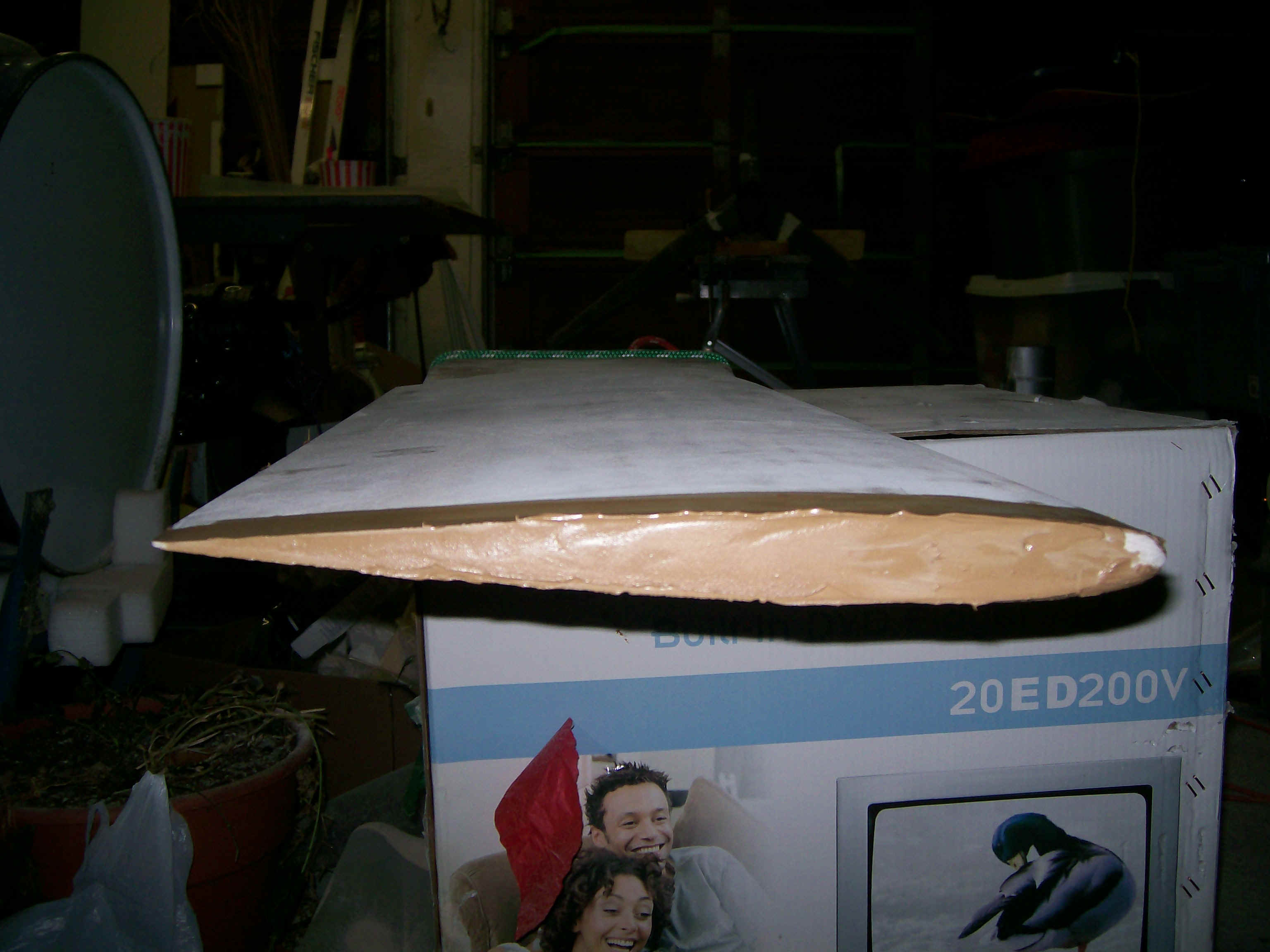
Centerboard new trailing edge and other work.
